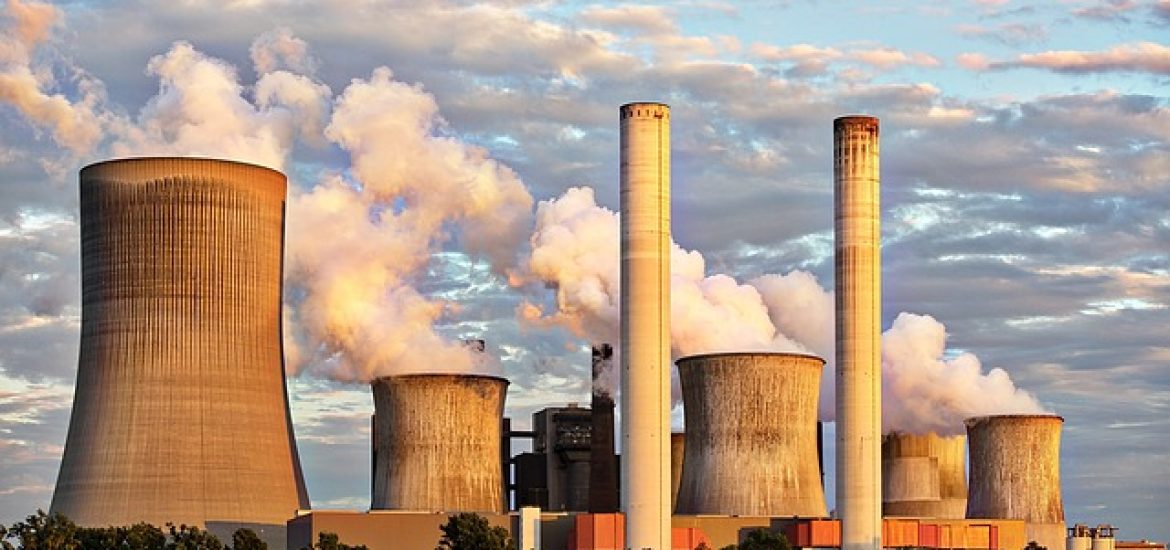
The U.S. government recently released vital climate data showing an unprecedented rise in carbon dioxide (CO₂) levels, but without the usual context or public explanation. The data, traditionally published with detailed commentary by the National Oceanic and Atmospheric Administration (NOAA), was instead quietly posted on social media, raising concerns among scientists and climate experts.
On April 14, NOAA shared the latest CO₂ figures through brief posts on platforms like X (formerly Twitter) and Facebook. These posts linked to the agency’s Global Monitoring Laboratory data page but lacked any accompanying public story or analysis—something NOAA has routinely provided for over a decade.
Insiders familiar with the matter indicated that NOAA’s public affairs team had initially planned a full web article to explain the findings but later scrapped the idea. The decision has been interpreted by many as a deliberate attempt by the Trump administration to reduce public attention on climate-related science and environmental policy.
This change in communication strategy comes amid broader signs of retreat from climate transparency. NOAA has already discontinued its regular monthly press briefings, during which scientists would typically explain climate trends and global temperature shifts. While NOAA researchers still appear to have freedom to speak with the media, the cancellation of organized outreach efforts is seen as a move to keep a lower public profile on climate findings.
A more troubling trend may be unfolding in the background. The Trump administration’s proposed budget aims to slash funding for climate science, including the closure of key NOAA research labs. Notably, this includes the Colorado-based facility responsible for monitoring CO₂ levels. If enacted, these cuts would severely weaken the nation’s ability to track climate change over time.
According to the latest data, carbon dioxide concentrations in the atmosphere rose by a record 3.75 parts per million (ppm) in 2024. This marks a 25% increase compared to the previous record of 2.96 ppm set in 2015. The average CO₂ concentration for the year reached 422.7 ppm—the highest ever recorded.
Experts attribute this sharp increase to exceptionally warm air and ocean temperatures, which likely accelerated the rate of CO₂ accumulation. The year also witnessed continued fossil fuel combustion, land use changes, and deforestation—leading drivers of climate change.
In addition, emerging research suggests that Earth’s natural carbon sinks, such as forests and soil, may be absorbing less carbon than in previous years. This reduction in natural absorption could weaken one of the planet’s key defenses against climate change. Historically, forests and oceans have absorbed nearly half of human-generated CO₂ emissions, slowing the rate of atmospheric buildup.
For perspective, atmospheric CO₂ levels before the industrial revolution hovered around 280 ppm. When NOAA began its global average CO₂ tracking in 1979, the level stood at approximately 337 ppm. The 2024 figure of 422.7 ppm underscores how rapidly the climate is changing—and how urgently the issue demands transparent reporting and action.
Despite these findings, the minimized communication from federal agencies paints a concerning picture of how scientific data may be suppressed or sidelined under political agendas. As the world continues to grapple with climate challenges, the importance of full, clear, and public access to environmental information has never been greater.





